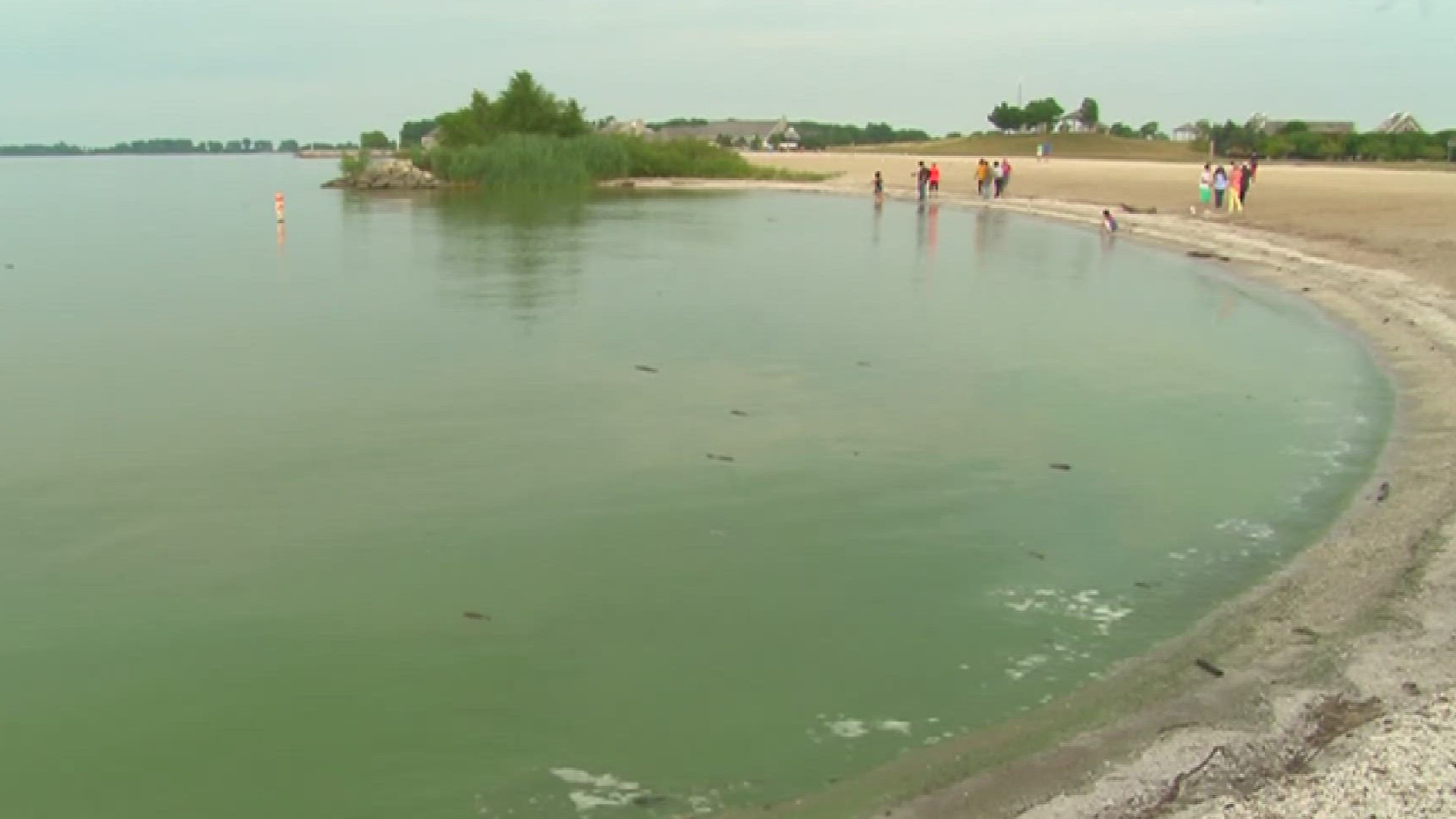TOLEDO, Ohio — Harmful algal blooms have become the talk of the summer for nearly a decade, especially as the heat cranks up.
But with a lack of rain and the wildfire smoke from Canada, experts with the Great Lakes Institute for Environmental Research say things are off to a slow start.
"We had a dry spring and, really, they can predict the approximate size of the upcoming bloom based on rainfall and the amount of nutrient loading in from the Maumee River into western Lake Erie," GLIER executive director Michael McKay said. "That dry spring has resulted in lower than usual nutrient-loading."
That's the good news. But with more rain on the way, that harmful algal bloom projection could change in the coming weeks.
The rain could fuel the runoff along with creating nutrition for the harmful algal bloom to flourish as we go throughout the summer months.
Our area keeps a close eye on the algal bloom following the water crisis of 2014, when the algal bloom shut off the water supply for residents all over northwest Ohio. Experts say location is key.
"Maumee Bay, basically where the Maumee River flows into the western Lake Erie, is typically the epicenter of the bloom, and it spreads out through the western basin from there," McKay said. "The Detroit River flowing into the top portion of Lake Erie is a really strong, lot of volume of water flowing there, and that often forces the bloom back towards the southeastern Michigan-northwestern Ohio shoreline."
The official algal bloom forecast will be released on June 29, breaking down exactly what the experts expect.
As always, WTOL 11 will be keeping you informed so you can have a safe summer in and around the water.
MORE FROM WTOL 11:

